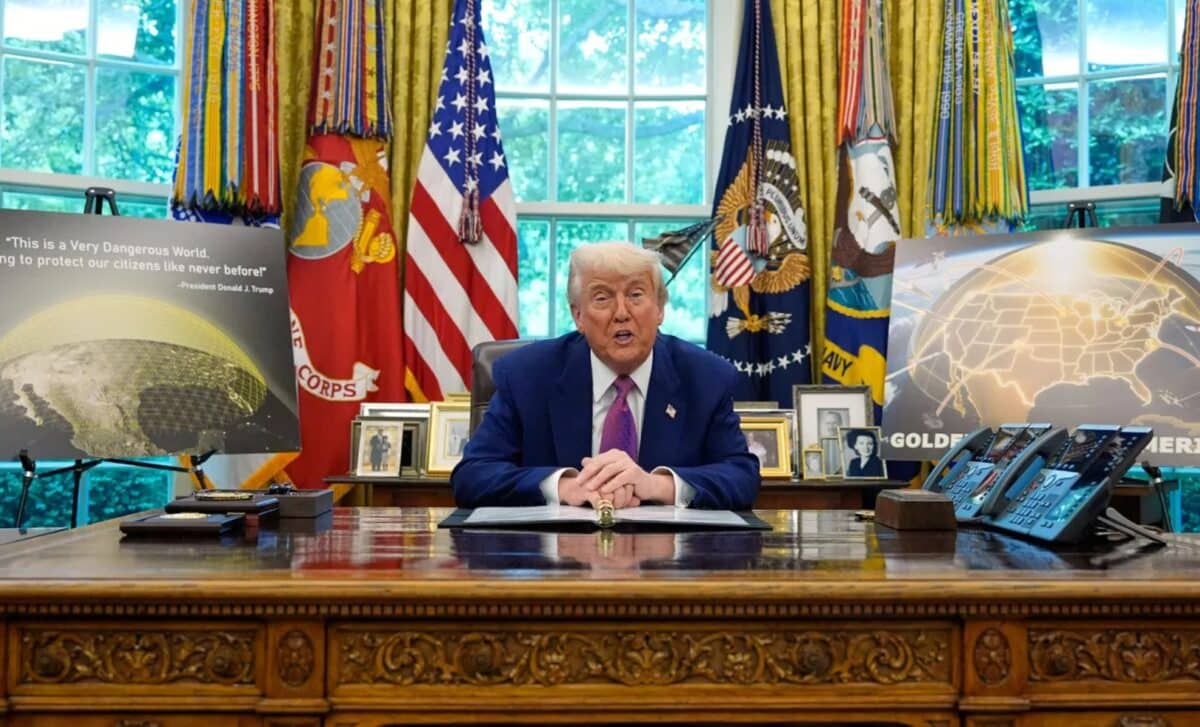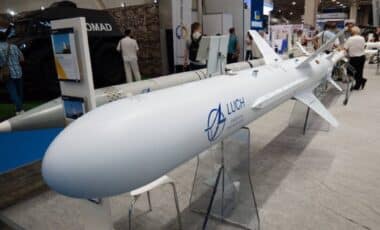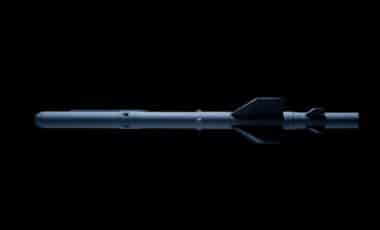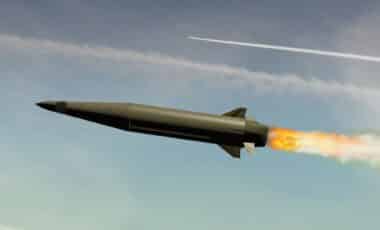The United States has announced a new missile defence initiative known as the “Golden Dome,” designed to counter emerging aerial threats, including ballistic and hypersonic missiles. The project aims to deploy next-generation technologies by the end of the current presidential term.
This ambitious programme follows concerns over increasingly sophisticated missile capabilities from rival nations like China and Russia. Officials emphasize that existing defence systems have not kept pace with these advancements, prompting the US government to allocate an initial budget of $25 billion for the project. The Golden Dome is intended to provide a comprehensive shield across land, sea, and space, incorporating space-based sensors and interceptors.
Iran and Russia Just Signed a 20-Year Pact — And the West Should Be Worried
Scope and Budget of the Golden Dome Project
The Golden Dome missile defence system is envisioned as a multi-layered shield much larger than existing models like Israel’s Iron Dome. According to the BBC, it will target a wide spectrum of threats, including hypersonic weapons and fractional orbital bombardment systems, which are capable of delivering warheads from space. President Donald Trump announced that the system could intercept missiles launched from anywhere globally or even from orbit.
While the initial funding earmarked for the project stands at $25 billion, estimates indicate that the full cost may rise substantially over time. The Congressional Budget Office has projected that the space-based components alone could require up to $542 billion over 20 years. Trump himself mentioned a total expected cost of $175 billion, highlighting the financial scale of the endeavour.
Technological Components and Strategic Vision
As mentioned by the defense experts cited by the media, the Golden Dome will rely on thousands of satellites to detect and track missile launches. Interceptors positioned in orbit would then engage these threats during their ascent phase. The system is expected to integrate land, sea, and space assets under a centralized command structure overseen by Space Force General Michael Guetlein.
The design draws inspiration from Israel’s Iron Dome but is intended to operate on a far larger scale and handle a more diverse array of missile types. Experts note that the geographic and tactical challenges faced by the United States differ significantly from Israel, necessitating a more complex defence architecture.
International Cooperation and Future Outlook
Canada has expressed interest in participating in the Golden Dome project, as revealed by discussions between Canadian officials and US counterparts. According to the BBC, then-Canadian Defence Minister Bill Blair stated that joining the programme aligns with Canada’s national interests, although specific details of cooperation and funding remain under negotiation.
The integration of allied nations into the system could expand its capabilities and share the financial burden. US defence officials have emphasized the project’s strategic importance amid a growing threat landscape and highlighted the need for a robust, forward-looking missile defence infrastructure.








